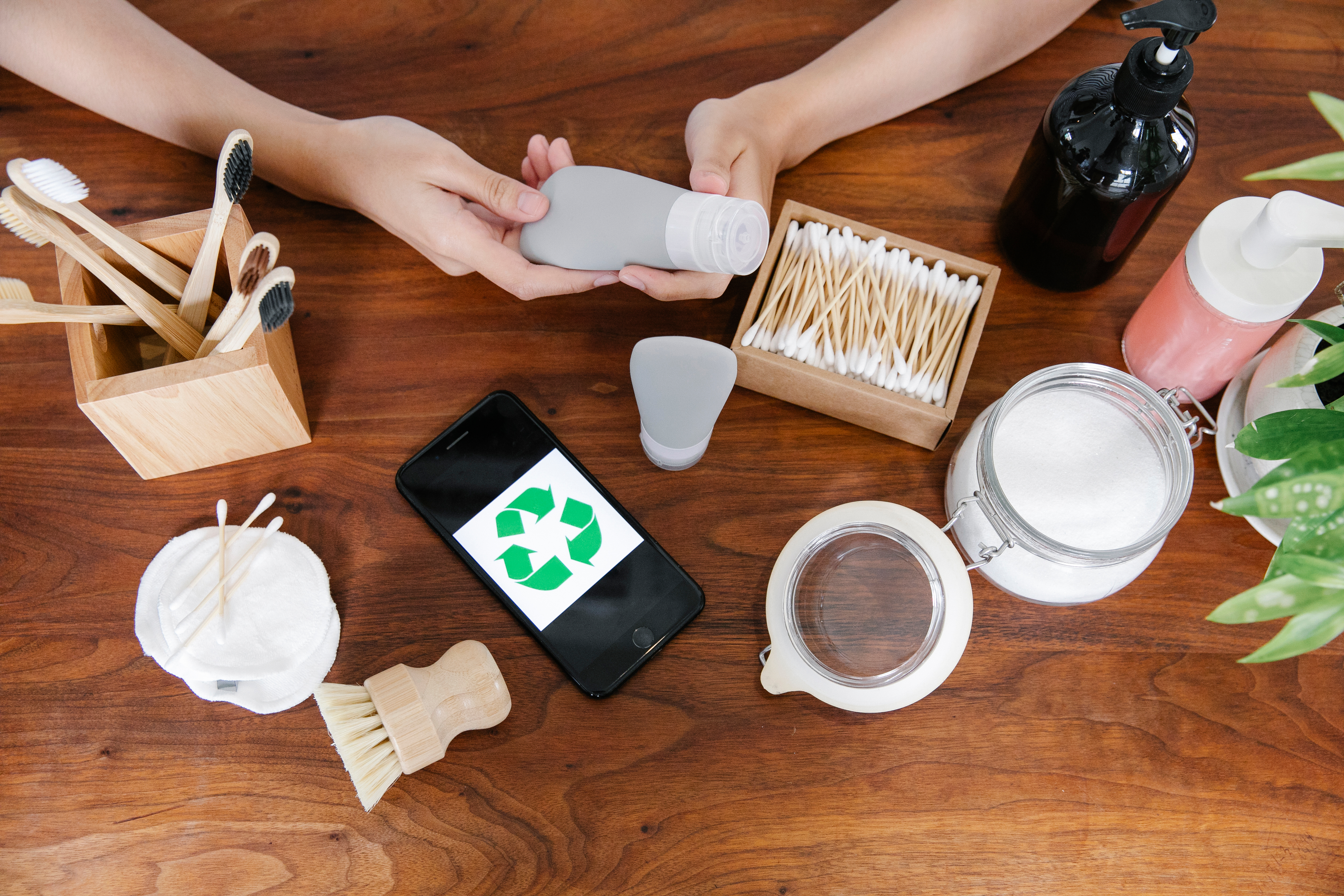Overview
In today's environmentally conscious world, the dental industry faces a distinct challenge: responsibly managing and disposing of specialized equipment while upholding ecological sustainability. With healthcare facilities contributing substantially to medical waste each year, dental practices play a vital role in promoting environmental stewardship. This is especially true in the implant dentistry sector, where innovative sustainable practices are transforming the industry's approach to ecological responsibility.
Understanding Equipment and Materials Management
Modern dental practices frequently face the challenge of managing outdated equipment, leading to storage issues and potential environmental risks. However, the industry is undergoing a transformation, with implant manufacturers at the forefront of sustainable innovation. The focus now extends beyond the disposal of equipment to consider the entire lifecycle of dental materials and procedures, fostering a more eco-conscious approach to patient care
Key Environmental Initiatives
Sustainable Implant Solutions
The implant industry has made significant strides in environmental responsibility through:
- Biocompatible materials that ensure both patient safety and reduced environmental impact
- Zero-waste implant systems featuring sustainable manufacturing processes
- Biodegradable packaging solutions that minimize environmental footprint
- Energy-efficient production methods that maintain product quality while reducing resource consumption

Critical Equipment Components
Several common pieces of dental equipment require special attention due to their environmental impact:
- Dental imaging equipment containining heavy metals requiring specialized disposal protocols
- Practice furniture, such as dental chairs, integrates electronic components with upholstery materials that may pose environmental hazards
- Sterilization equipment can harbor chemical residues
- Lighting systems often incorporate mercury-containing components
- Powered instruments contain various electronic elements and battery systems
- Compression systems hold oils and lubricants that could harm ecosystems Mercury-separation systems demand particular care in disposal

Comprehensive Sustainability Solutions
1. Material Innovation and Management
The dental implant sector demonstrates leadership in sustainable practices through:
- Advanced biocompatible materials that optimize both patient outcomes and environmental impact
- Innovative packaging solutions that minimize waste
- Efficient production processes that reduce resource consumption
- Sustainable material selection that considers entire product lifecycle
2. Educational Institution Partnerships
Forward-thinking practices are discovering that dental schools often welcome equipment donations. This approach not only supports education but also extends the useful life of dental equipment. Teaching institutions can use these resources for training purposes, creating a win-win situation for sustainability and education.
3. Energy Efficiency Initiatives
Modern dental practices are implementing various energy-saving measures:
- State-of-the-art equipment that maintains performance while reducing power consumption
- Energy-efficient lighting solutions
- Smart technology integration for optimal resource utilization
- Regular maintenance schedules to ensure equipment operates at peak efficiency
4. Waste Reduction Strategies
Comprehensive approaches to minimize environmental impact include:
- Digital record-keeping systems to reduce paper waste
- Recyclable and biodegradable packaging materials
- Efficient inventory management to prevent excess waste
- Proper segregation and disposal of different types of waste
5. Systematic Disposal Protocol
Developing a comprehensive disposal strategy is essential. Key elements should include:
- Clear assessment criteria for equipment evaluation
- Secure data removal procedures
- Documentation of disposal methods
- Staff training on proper protocols
- Regular review and updates of procedures
Best Practices for Implementation
To successfully transition to sustainable dental practice:
- Conduct regular equipment and materials audits
- Research and invest in eco-friendly implant systems and materials
- Establish relationships with reputable recycling partners
- Implement energy-efficient technologies
- Train team members on sustainable practices
- Document all sustainability initiatives and their outcomes
Looking Forward
Environmental responsibility in dentistry extends beyond basic recycling. The implant industry's leadership in sustainable practices demonstrates how combining innovative materials, efficient processes, and responsible waste management can create a more environmentally conscious healthcare sector.
The future of sustainable dentistry depends on proactive approaches to both equipment lifecycle management and material selection. Through careful planning and responsible practices, dental offices can contribute to environmental protection while maintaining their commitment to excellent patient care.
Taking these steps not only helps protect our environment but also positions dental practices as leaders in healthcare sustainability. As environmental awareness continues to grow, patients increasingly value practices that demonstrate commitment to ecological responsibility, particularly in advanced procedures like implant dentistry where material choice and waste management play crucial roles in environmental impact.






.png)